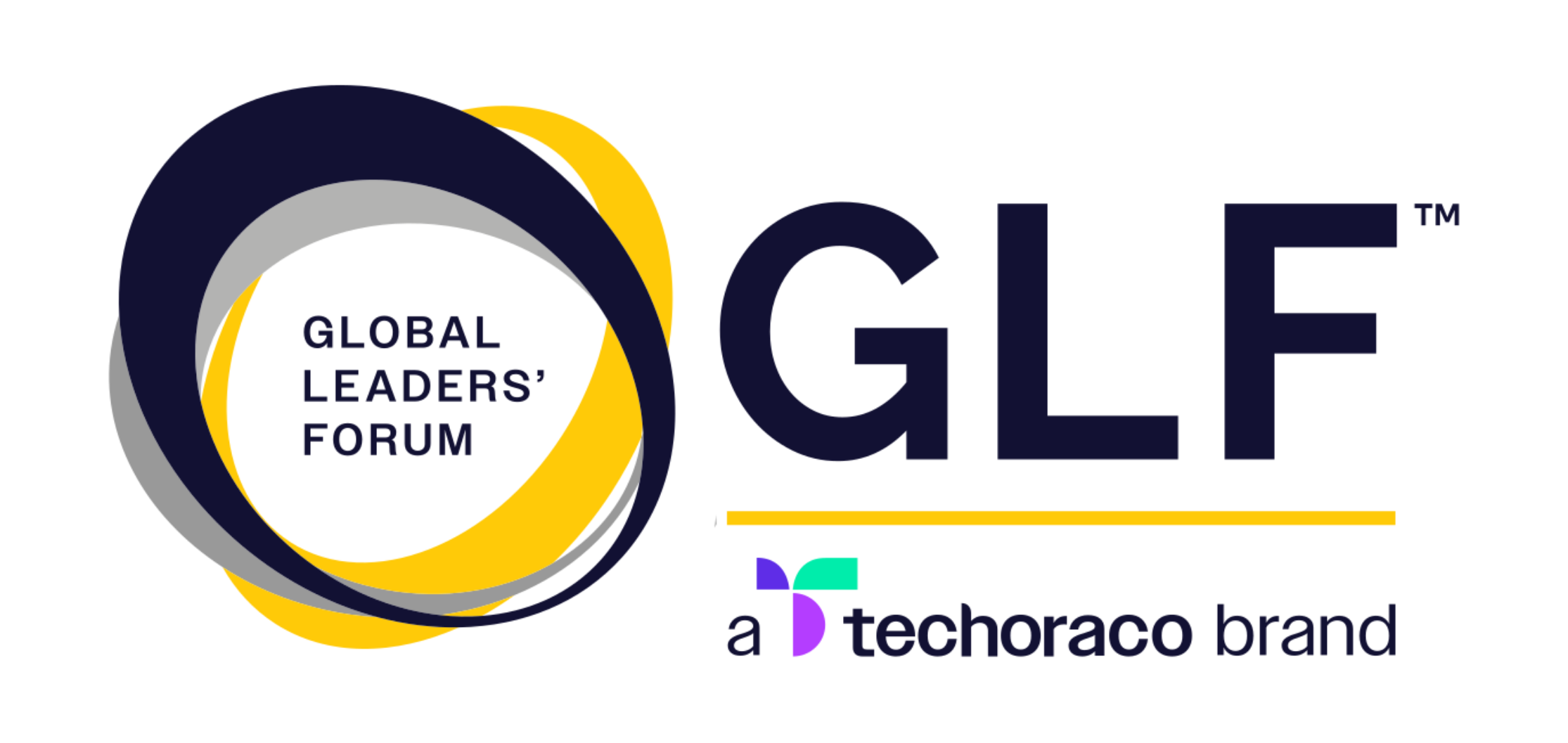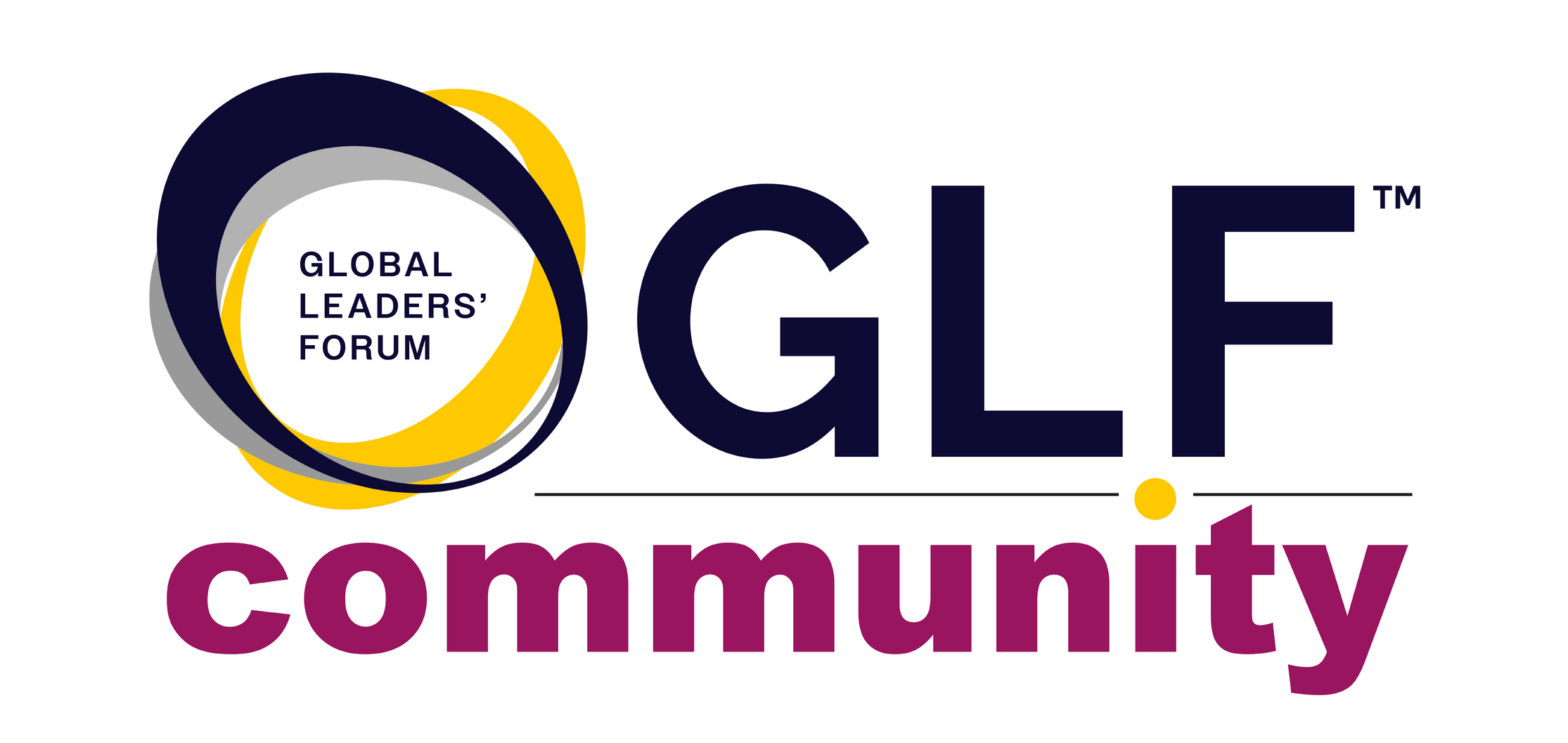GLF announces dramatic latency improvements for critical IoT

Global connectivity for critical IoT applications has just taken a major leap forward - the revealed the results of a hugely successful Proof of Concept (PoC) which proves the technical feasibility of low latency data roaming.
Connected cars, autonomous driving, remote surgery, smart grids and factories, patient monitoring, augmented reality for vital repairs: these time-critical scenarios require continual connectivity, low latency, and high-bandwidths. Without these roaming conditions, critical IoT applications cannot function across borders in real time, and the results could be disastrous.
Conducted by four members of the GLF working group, this PoC is a major breakthrough which will enable global connectivity providers to meet those requirements and allow societies to truly unlock the promise of critical IoT applications. All members of the GLF as well as the entire ecosystem are encouraged to join this important initiative and collaborate for an open future.
Lowering Latency Across the Globe
Four members of the GLF IoT working group – Console Connect, Deutsche Telekom Global Carrier, Orange International Carriers, and Telefónica Global Solutions – collaborated to deliver this groundbreaking PoC. It included three separate studies to verify viable global connectivity between Europe, the USA and Asia. In these regions, packet gateways and local roaming connections between the provider networks were implemented. Artificially generated traffic was used to test mock-ups of connected cars located in the three areas. The results confirmed an impressive improvement in the speed of roaming connectivity with an average latency reduction of 50% in the technical tests.
Assessment from Participants
“Critical IoT traffic has a much higher set of requirements and needs to be separated from regular IoT traffic,” said Marc Halbfinger, CEO, Console Connect. “Through close cooperation with other IPX providers, this PoC shows it is possible to reduce latency to support critical IoT traffic. Between Europe and Asia tests showed latency was reduced from a median value of 296 milliseconds to 105 milliseconds, and this is only the beginning. Through local peering and packet gateways, we believe we can further decrease latency globally.”
Rolf Nafziger, SVP, Deutsche Telekom Global Carrier, explained, “Vital to the success of the PoCs were the simultaneous implementation of both local gateways and local peering. In all three of the test scenarios, they were situated close to the simulated end user. This allowed a huge decrease in latency from a median value of 246 milliseconds to 128 milliseconds.”
Emmanuel Rochas, CEO, Orange International Carriers, said, ““With local peering and a regional packet gateway, the lowest possible latency was achieved for IoT connected car use cases. The decrease was phenomenal, -52% from 312 milliseconds using home routing, to 115 milliseconds with our PoC. Local breakout in the roaming environment is definitively a game changer, reducing latency and improving quality of service, making us ready for 5G massive IoT developments.”
Eloy Rodríguez, Chief Wholesale Officer of Telefónica Global Solutions, said: “The PoCs have shown that it is possible to significantly lower latency and thus facilitate even the most urgent IoT applications – applications that can literally make the difference between life and death”. And he added: “In all PoCs, the latency was consistently reduced by about half, which is a remarkable feat.”
Critical IoT – Roadblocks and Prospects
Today, attaining the consistent quality of service required by critical IoT use cases is difficult to achieve. This is because data roaming traffic is normally routed back to a user’s home network, even when that is on another continent – thus causing unacceptable delays. By deploying local breakouts and peering together, it will be possible for carriers to offer international SLAs and guaranteed KPIs. That in turn, will foster development into as yet unchartered territories.
The advancement unlocked by the PoC comes at precisely the right time, as new opportunities for critical IoT are further enabled by the spread of 5G. In addition to enhanced latency, the technology offers businesses, governments and societies the ability to save resources, time, costs and even lives. In the case of medical IoT the reason for the latter is obvious. But also, for example in manufacturing, IoT automated sensing can predict a fault that could result in danger to line operators.
The working group’s next step will concentrate on creating a technical and commercial framework to ensure QoS for international, critical IoT traffic. They will also share the results and include more service providers in the initiative.
About ITW Global Leaders’ Forum
The ITW Global Leaders’ Forum (GLF) is a network of the leaders from the world’s largest International ICT service providers, who convene to discuss strategic issues and to agree collaborative activities with the aim of upholding the principle of interoperability and ubiquitous international and technological coverage. The international wholesale industry is a critical part of the global ICT ecosystem, providing the backbone that enables digital services to be distributed around the world. The GLF’s primary objective is to provide leadership and direction for the industry by advocating common priorities that improve interconnectivity so that new digital services can be delivered at scale anywhere in the world. Please visit www.itwglf.com for more information.
Press Contact:
Elena Harris, GLF Community and Communications Manager, ITW Global Leaders’ Forum



